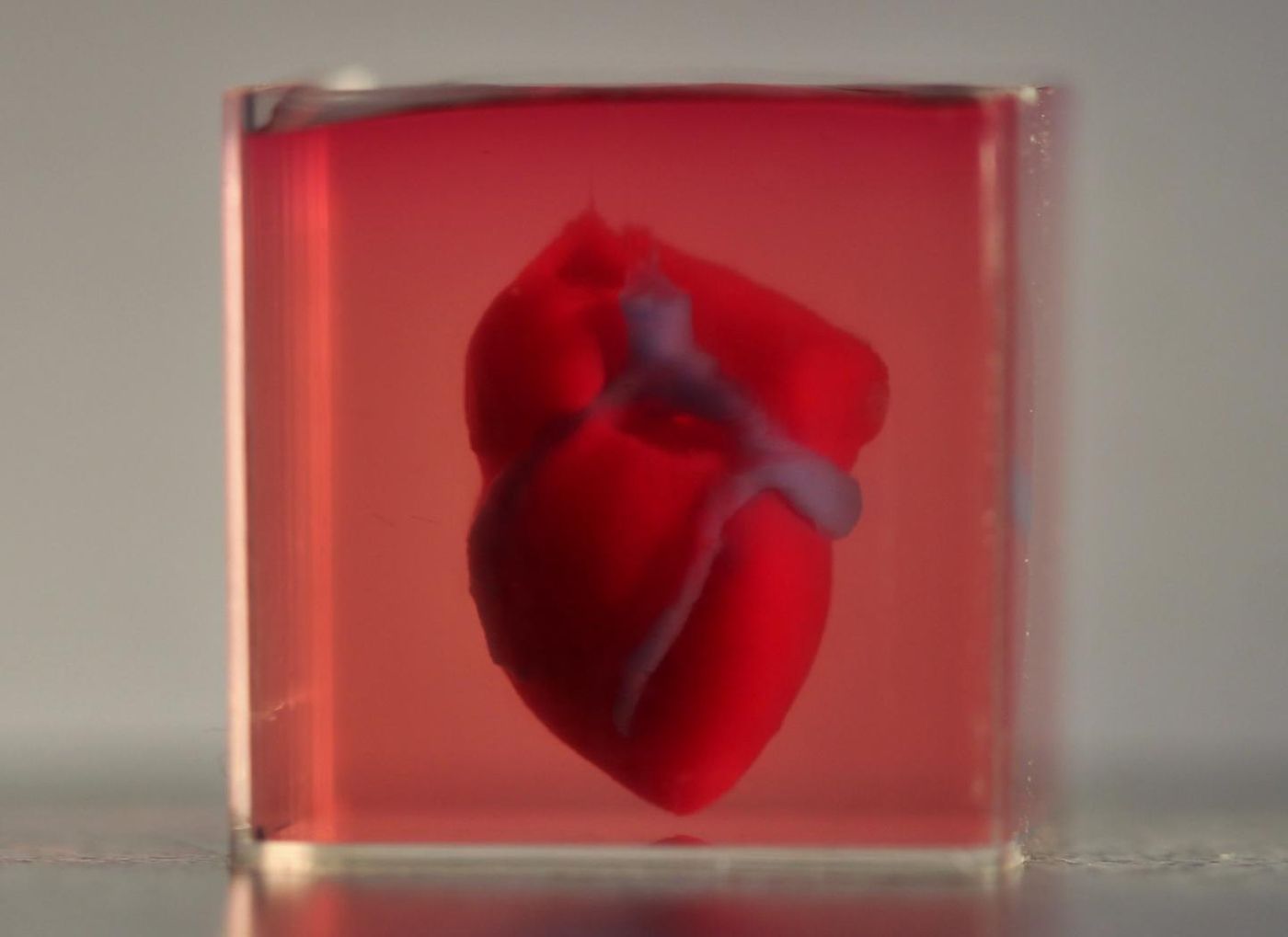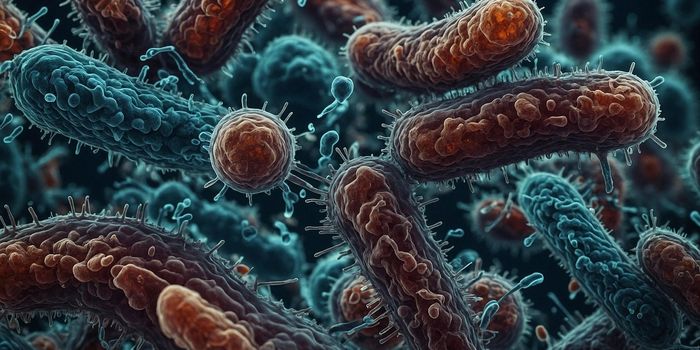Researchers Use Patient Cells to 3D Print a Heart
When 3D printing was first developed, only very simple structures could be created from basic materials. Eventually, scientists created ways to print materials that would be compatible with human biology, and they set out to print complex structures. One ultimate goal, which once seemed very far off, would be to generate organs that could be printed on-demand for use in the clinic. Now investigators at Tel Aviv University have made a major advance in that direction. In a first, they 3D printed a vascularized heart using biological materials and cells from a patient. Their work has been reported in Advanced Science.
While printing simple structures is straightforward enough, adding blood vessels that work is a huge breakthrough. This organ is the first with those vessels. "This is the first time anyone anywhere has successfully engineered and printed an entire heart replete with cells, blood vessels, ventricles, and chambers," said the leader of the work Professor Tal Dvir of TAU's School of Molecular Cell Biology and Biotechnology, Department of Materials Science and Engineering, Center for Nanoscience and Nanotechnology and Sagol Center for Regenerative Biotechnology.
The leading cause of death for American men and women is heart disease, and a heart transplant is the only option for people suffering from end-stage heart failure. There aren’t enough heart donors, and of course, a new heart only comes along when someone has died. Finding a way to get new hearts would be an incredible way to help many people.
In this study, scientists took a fatty tissue sample from patients and harvested the cells from it. The cells were then genetically reprogrammed into pluripotent stem cells. Molecules like collagen and glycoproteins were added to generate a hydrogel, which was used as a printer ‘ink.’ The cells in the hydrogel could be specialized into patient-specific cardiac or endothelial cells to make cardiac patches or eventually an entire heart, compatible with the patient's immune system.
"This heart is made from human cells and patient-specific biological materials. In our process these materials serve as the bio-inks, substances made of sugars and proteins that can be used for 3D printing of complex tissue models," said Dvir. "People have managed to 3D-print the structure of a heart in the past, but not with cells or with blood vessels. Our results demonstrate the potential of our approach for engineering personalized tissue and organ replacement in the future."
This work is still in the preliminary stages, the researchers noted. "At this stage, our 3D heart is small, the size of a rabbit's heart," explained Dvir. "But larger human hearts require the same technology."
Dvir noted that if engineered tissues and organs are to be successful, they should be tailored to the patient.
"The biocompatibility of engineered materials is crucial to eliminating the risk of implant rejection, which jeopardizes the success of such treatments," said Dvir. "Ideally, the biomaterial should possess the same biochemical, mechanical and topographical properties of the patient's own tissues. Here, we can report a simple approach to 3D-printed, thick, vascularized, and perfusable cardiac tissues that completely match the immunological, cellular, biochemical and anatomical properties of the patient."
This work continues; the scientists are not trying to coax printed hearts that are cultured in the lab “to behave" as hearts do. Once that’s working, they want to test the printed hearts in an animal model.
"We need to develop the printed heart further," said Dvir. "The cells need to form a pumping ability; they can currently contract, but we need them to work together. Our hope is that we will succeed and prove our method's efficacy and usefulness. Maybe, in ten years, there will be organ printers in the finest hospitals around the world, and these procedures will be conducted routinely."
Sources: AAAS/Eurekalert! via American Friends of Tel Aviv University, Advanced Science









